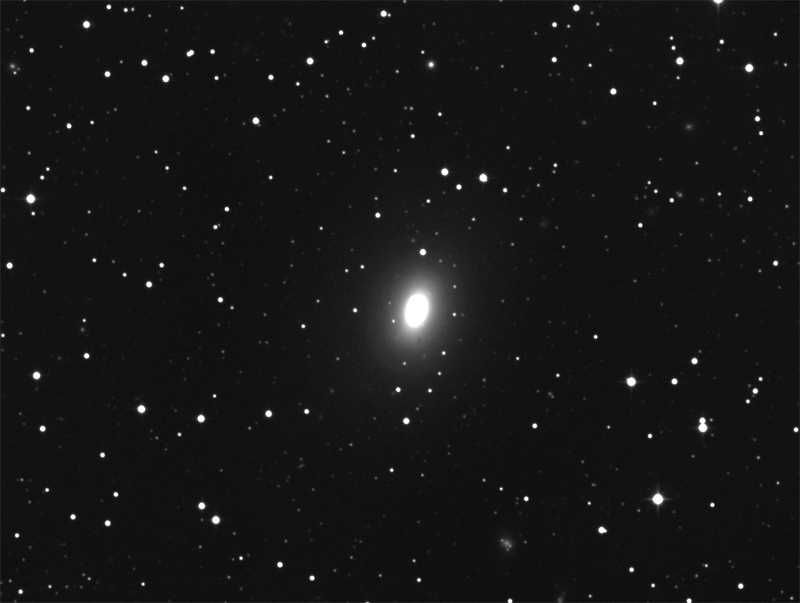| DATE | 14 Feb 2012 |
| TELESCOPE OPTICS | 508 mm mirror f.4 . effective f4.6 with paracorr2. ccd Kodak KAF8300 3326 x 2504px 5.4 x 5.4µm |
| EXPOSURE | binning 2: composite image,11 min |
| IMAGE SIZE (ARCMIN) | 26 |
| LIGHT TRAVEL TIME (Derived Redshift. Millions Light Years) | NGC3923 = 92 CXO J115057.8-284401 = 6,500 2MFGC 09308 = 95 ESO 440- G 014 = 99 2MASXi J1151490-284815 = 1,103 2MASX J11503040-2852202 = 89 |
| MAGNITUDE | NGC3923 = 10.8 CXO J115057.8-284401 = 17.9r 2MFGC 09308 = 15.2b ESO 440- G 014 = 15.91 2MASXi J1151490-284815 = 16.3b 2MASX J11503040-2852202 = 14.9r |
| POSITION RA-DEC J2000 | NGC3923 = 11:51:01.70 -28:48:22.0 CXO J115057.8-284401 = 11:50:57.80 -28:44:01.0 2MFGC 09308 = 11:51:37.60 -28:47:29.0 ESO 440- G 014 = 11:50:03.20 -28:40:17.0 2MASXi J1151490-284815 = 11:51:49.30 -28:48:16.0 2MASX J11503040-2852202 = 11:50:30.40 -28:52:20.0 |
| POSITION ANGLE: | NGC3923 = 50 |
| Rotation Velocity km/s | 0 on major axis but ~20 on minor axis |
| Size (Light Years) | 256,000 (ESO-LV "Quick Blue" IIa-O) |
| DETAILS | NGC3923 is an Elliptical galaxy. |
